Don't wanna be here? Send us removal request.
Text
RIGHT Function in SQL
The RIGHT string function retrieves the characters to the given index value from the right side of the original string in the Structured Query Language.
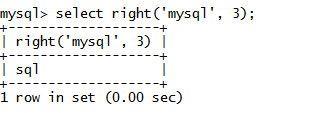
0 notes
Text
SQL INTERSECT
The INTERSECT is an operator in Structured Query Language that combines the rows of two SELECT statements and returns only those rows from the first SELECT statement, which are the same as the rows of the second SELECT statement.
In simple words, we can say that this operator shows common rows from both the SELECT statement.
This operator does not work in the MySQL database.
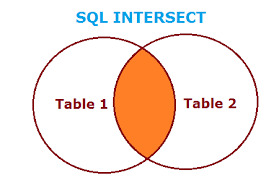
0 notes
Text
SQL INTERSECT
The INTERSECT is an operator in Structured Query Language that combines the rows of two SELECT statements and returns only those rows from the first SELECT statement, which are the same as the rows of the second SELECT statement.
In simple words, we can say that this operator shows common rows from both the SELECT statement.
This operator does not work in the MySQL database.
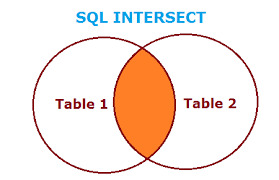
0 notes
Text
How to Use IN in SQL
In this SQL article, you will learn how to use IN keyword in the queries of the SQL database.

0 notes
Text
How to Use BETWEEN in SQL
In this SQL article, you will learn how to use BETWEEN keyword in the SQL statements in the database. Here, we will also discuss the NOT BETWEEN operator in detail.

0 notes
Text
How to use NOT NULL in SQL
In this SQL article, you will learn how to use NOT NULL to the column in Structured Query Language.
What is NOT NULL constraint?
The NOT NULL is a constraint in SQL which does not allow you to insert NULL values in the specified column.
If any column is defined as a NOT NULL constraint in the table, we cannot insert a new record in the table without adding the value to the column.
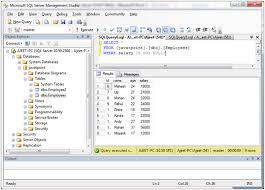
0 notes
Text
How to use DEFAULT in SQL
In this SQL article, you will learn how to use DEFAULT on the columns of the table in Structured Query Language.
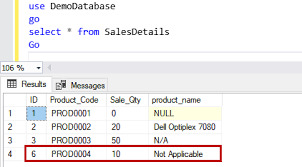
0 notes
Text
How to use CHECK in SQL
In this article, you will learn how to use the CHECK keyword to the column in SQL queries.
What is CHECK in SQL?
CHECK is a SQL constraint that allows database users to enter only those values which fulfill the specified condition. If any column is defined as a CHECK constraint, then that column holds only TRUE values.

0 notes
Text
SQL UNION
UNION is an SQL operator which combines the result of two or more SELECT queries and provides the single set in the output.

0 notes
Text
What is Race Condition
Race Condition or Race Hazard is an undesirable situation of software, electronics, or other systems. When the output of the system or program depends on the sequence or timing of other uncontrolled events, this condition is called Race Condition.
This condition occurs mainly in the logic circuits, distributed and multithreaded software programs.
A race condition is categorized as either a critical or non-critical race condition. The critical race conditions are those conditions that occur when the order of the internal variable regulates the last state of the machine. On the other hand, the non-critical race conditions are those conditions which occur when the order of internal variables does not regulate the last state of the machine.
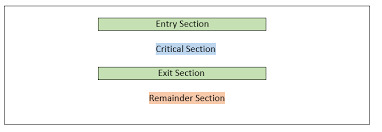
0 notes
Text
How to Use ORDER BY in SQL
In this SQL section, you will learn what the ORDER BY keyword is and how to use it in SQL. We will also discuss how to use the ORDER BY clause with the WHERE clause.

0 notes
Text
How to Use GROUP BY in SQL
In this SQL section, you will learn what the GROUP BY keyword is and how to implement it in Structured Query Language. We will also discuss how to use GROUP BY clause with WHERE clause.

0 notes
Text
SQL Arithmetic Operators
In Structured Query Language, the arithmetic operators are used to perform mathematical operations on the numerical values stored in the database tables.
We can use these operators with the SELECT statement in SQL. We can also use the WHERE clause in the SELECT statement for performing operations on particular rows.
These types of operators are used between two numerical operands for performing addition, subtraction, multiplication, and division operations.
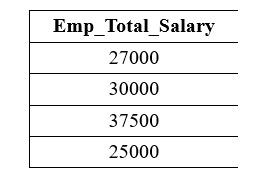
0 notes
Text
SQL Languages
SQL Languages are those languages that allow the database users to read, modify, delete and store data in the database systems.
Following are the four different types of languages or commands which are widely used in SQL queries:
TCL (Transaction Control Language)
DML (Data Manipulation Language)
DCL (Data Control Language)
DDL (Data Definition Language)
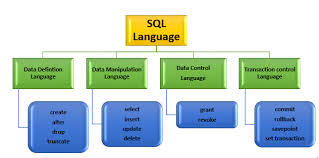
0 notes
Text
How to use Auto-Increment in SQL
In this SQL article, you will learn how to use Auto-Increment in Structured query Language, MySQL, Oracle, and Microsft Access.
Auto-increment is a concept in SQL which automatically generates the unique number in the field when the new row is entered into the table. This feature is generally used for the Primary Key field, where we need to create a unique value for every record.
If we use the Auto-Increment concept in an integer column and insert the value of the first tuple as 1, then the value of the second tuple is automatically generated as 2.
The SQL database system allows users to define the beginning and increment value.
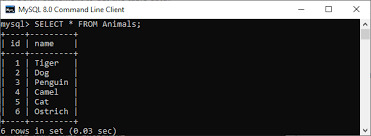
0 notes
Text
SQL ADD COLUMN
In this SQL article, you will learn about the ADD COLUMN command in detail with syntax and examples.

0 notes
Text
SQL SELECT MAX
The MAX is an aggregate function in Structured Query Language that returns the largest value from the multiple values of the column in the table.
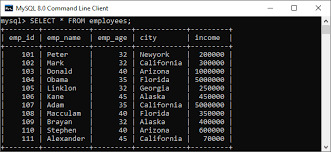
0 notes